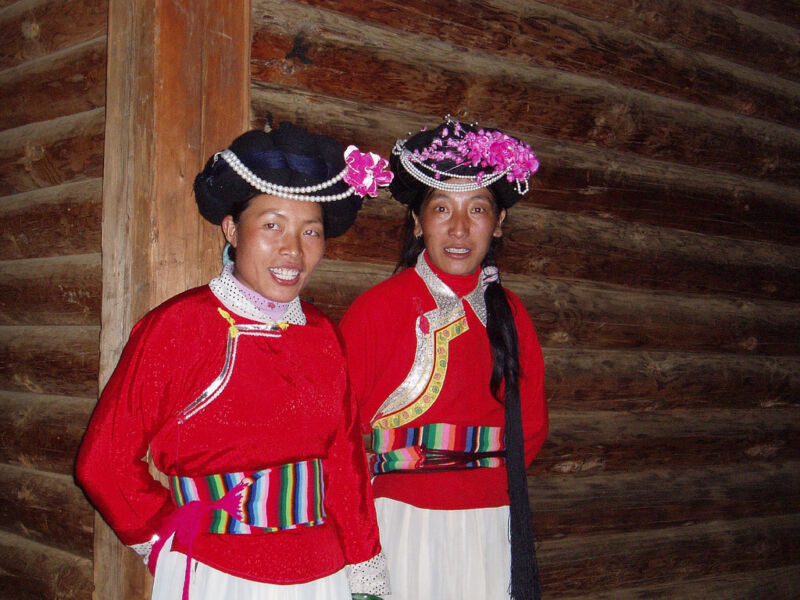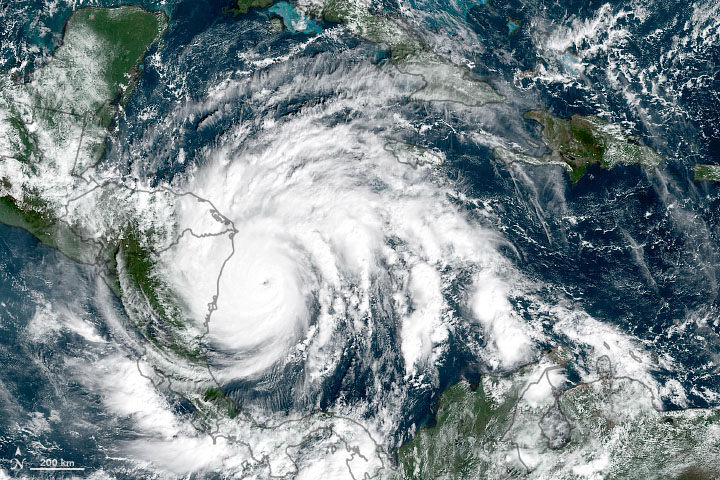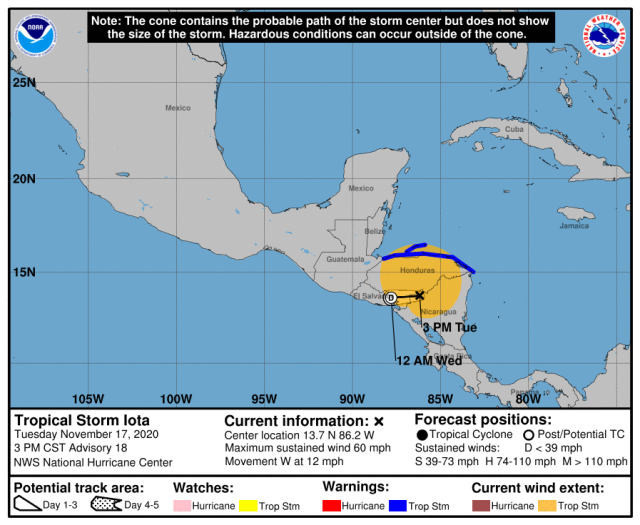By Michael W. Chapman | November 18, 2020 | CNS

(Getty Images)
(CNS News) -- A national poll by Politico/Morning Consult shows that 66% of Republicans believe that the Trump-Biden presidential race was "not" a "free and fair election." In addition, 72% of all registered voters who thought the race was unfair think "mail-in voting led to widespread vote fraud."
The extensive survey, conducted Nov. 13-16, asked 71 questions of 1,994 registered voters. The margin of error is +/- 2 percentage points.
Among the questions, the survey asked, "As far as you know, do you believe the 2020 presidential election was a free and fair election?"

(Politico/Morning Consult)
In response, 24% of Republican/Leans Republican voters said "no, probably not" and 42% said "no, definitely not," which totals 66% saying the election was not free and fair.
Only 30% of Republicans disagreed, saying the election was fair.
For the Democrat/Leans Democrat registered voters, 90% said "yes," the election was free and fair.
The survey also asked, "You mentioned that you don’t believe the 2020 presidential election was a free and fair election. Why, specifically, do you think the election was not free and fair? Please select all that apply. Mail-in voting led to widespread voter fraud."

(Politico/Morning Consult)
In this instance, 77% of the Republican/Leans Republican voters selected mail-in voting as the reason for widespread voter fraud.
Also, among all registered voters who believe the election was not fair, 72% selected mail-in voting as the problem. In that same group, 70% also selected "ballots were tampered with" as a reason contributing to the unfair election.

(Politico/Morning Consult)
Commenting on the poll, professor and constitutional scholar Jonathan Turley said, "The poll shows how little penetration and credibility the media now have with much of the public. Over half of the public still want to see the [legal] challenges resolved despite the steady drumbeat of the media to denounce any challenges or the need for them to be fully addressed in the courts.
"Indeed, some academics are comparing questioning Biden’s victory to 'holocaust denial' or going to court as itself a form of fraud or abuse," said Turley.
"For four years, the media has dispensed with any sense of neutrality and openly supported the Biden campaign," he said. "Reporters are now invested in the various narratives put forward by the Biden camp and their coverage reflects that bias. The result is shown in this poll."

Jonathan Turley, who holds the Shapiro Chair for Public Interest Law at The George Washington University Law School. (Getty Images)
Turley continued, "What the poll really shows is an unresolved divide and no real avenue to breach that divide. I expect that those favoring a concession will rise in the coming days absent some major new challenge. However, the unrelenting biased coverage will likely undermine the confidence of many voters."
"That will only work to the disadvantage of Biden and the country going forward," said Turley. "What concerns me is that we have missed the best opportunity to come together as a nation by supporting a full and open review of the election."













